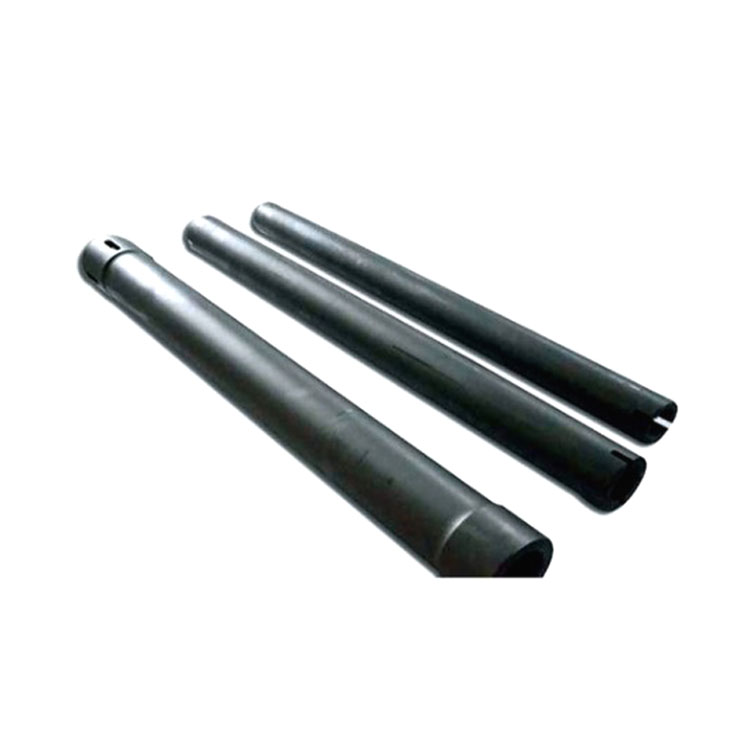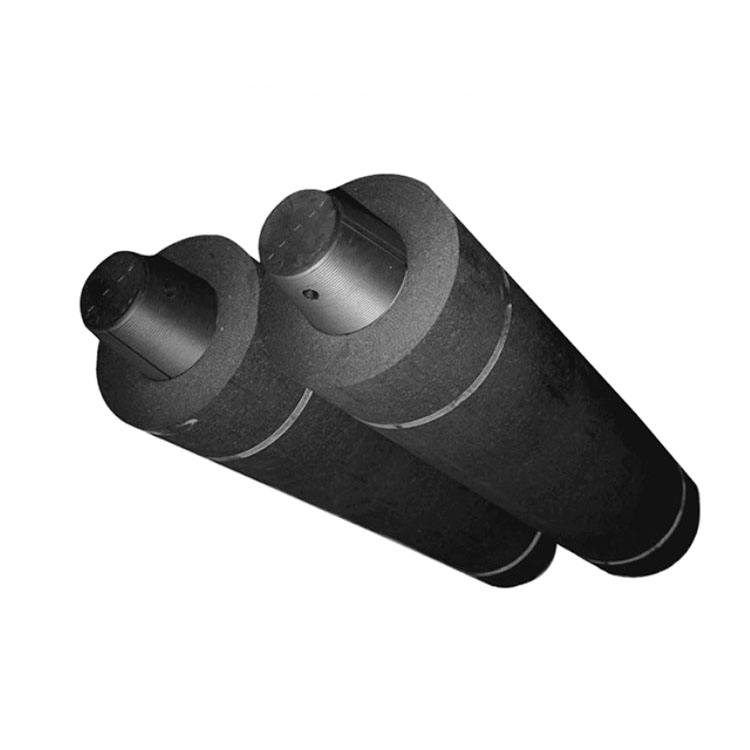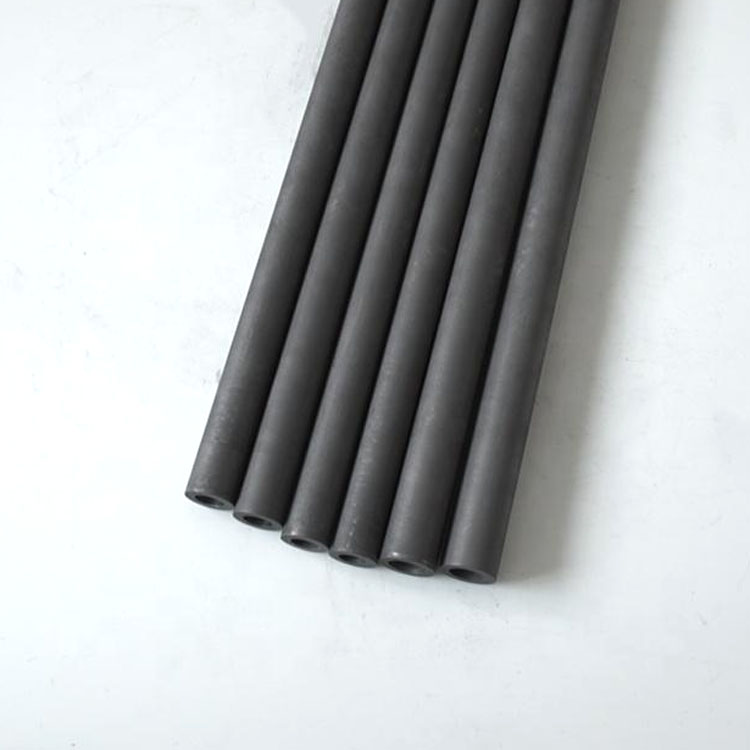
In the realm of high-temperature industrial applications, choosing the right refractory brick is pivotal for operational efficiency and longevity. A prevailing belief persists that the higher the alumina (Al₂O₃) content in high alumina refractory bricks, the better their performance. This article systematically unpacks why this is a misconception, emphasizing the critical alumina content range between 30% and 46%—a stability zone that optimizes key technical properties such as refractoriness, thermal shock resistance, and abrasion resistance.
Alumina acts as the principal refractory phase constituent in bricks designed for furnaces, kilns, and reactors used across steel, coking, and petrochemical industries. Its concentration directly affects three performance dimensions:
When Al₂O₃ content is below 30%, the brick's structure contains more fluxing phases that lower melting points, thereby reducing refractoriness and accelerating degradation at high temperatures. Conversely, exceeding 46% alumina does not proportionally increase refractoriness because the microstructure tends to become overly dense and brittle, which compromises resistance to thermal shock and can actually raise operating risks.
| Alumina Content (%) | Refractoriness (°C) | Thermal Shock Resistance (Cycles) | Abrasion Resistance (Weight Loss in g) |
|---|---|---|---|
| 25 | 1700 | 25 | 18 |
| 30 - 46 | 1750 - 1780 | 60 - 85 | 8 - 12 |
| 50 | 1790 | 40 | 14 |
Real-world performance data from steel manufacturing and petrochemical refineries affirm the crucial role of controlled alumina concentration. For example, one steel mill replacing refractory bricks with alumina content optimized around 40% reported a 30% increase in brick lifespan and operational downtime reduced by 15%. Similarly, a coking plant observed enhanced resistance to thermal cycling and decreased maintenance frequency, directly translating to cost savings.
Using high alumina bricks with precisely controlled 38% Al₂O₃ content, the plant achieved:
• Extended service life by up to 25%.
• Reduced brick replacement frequency from annually to every 1.5 years.
• Savings in maintenance labor costs estimated at 20%.
• Improved furnace energy efficiency due to enhanced insulation properties.

One of the most widely misunderstood aspects is the assumption that increasing alumina content invariably boosts performance. The facts reveal:

Selecting high alumina bricks with an alumina content within the stable 30% to 46% range maxes out refractory performance and durability in most high-temperature industrial processes. Specifically:



